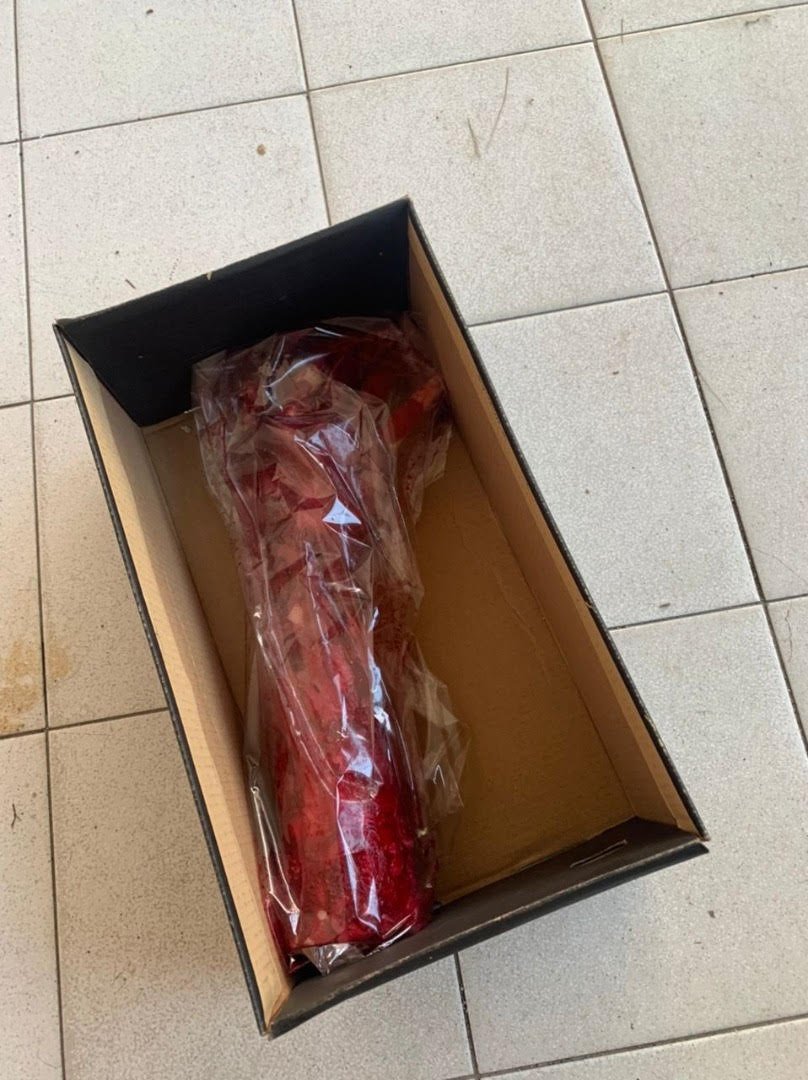
By INS Contributors
KUALA LUMPUR, Malaysia--Malaysia is now feeling the heat after years of neglecting its armed forces, with intrusions by an assertive China into its claimed maritime and aerospace zone in the South China Sea increasing.
In the latest episode, 16 People's Liberation Army-Air Force (PLAAF) aircraft flew into the Southeast Asian country’s maritime airspace over the Luconia Shoals, just 60 nautical miles off the East Malaysian state of Sarawak.
Two types of aircraft were identified: IL-76 and Y-20, strategic transport aircraft that are slow and easily detected, but the Malaysian Air Force did not disclose if it picked up any escort fighters, either visually or on its radar systems.
The development comes amid China’s competing claims to areas in the South China Sea. Malaysia is one of several countries in the region that disputes China’s extensive claims while the Chinese government regularly asserts sovereignty over about four-fifths of the waters.
Limited ability to respond, no credible deterrence
Malaysia has relatively small armed forces in comparison to its economy, spending an estimated 1 percent of its GDP on its annual military budget, compared to neighbouring countries like Singapore which spends up to 6 percent.
This has had the effect of its armed forces relying heavily on less capable and even obsolescent equipment that does not cater to its needs, despite the country having some 4,675 kilometres and claims an exclusive economic zone (EEZ) of 334,671 sq km,with 200 nautical miles (370.4 km) from its shores.
Considering the vast distance it claims and therefore needs to protect, the country lacks any medium to long range air defence system, with its more capable surface to air missile system being the UK-made Rapier which has a stated range of some 8km.
This is in sharp contrast with other countries in the region with Indonesia operating the Norway-made NASAMS of 30 km range, Thailand operating the China-made KS-1 of 50 km range, Singapore with the French-Italian-made Aster of 70 km range and Vietnam with the Russia-made S-300 of 150 km range.
Of all the mentioned systems the Russian-made S-300 is widely considered to be one of most capable systems in the world being used by over a dozen countries, from Syria to Algeria.
S-300 will offer unprecedented capabilities to Malaysia
The S-300 is a family of Russian-made surface-to-air missile (SAM) systems capable of engaging aircraft and UAVs in addition to providing some cruise and ballistic missile defense capability.
Due to its forty-year service life, the S-300P is an expansive weapons system that has employed over 20 missile variants. Currently, the system uses the 5V55K, 5V55R, and 48N6 missiles. These missiles use high-explosive fragmentation warheads triggered by proximity and impact fuses to destroy their targets.
With versions having a range from 75km to 200km, this system will allow malaysia to enforce its claims over disputed areas of the South China Sea, with it posing a fearsome threat against any intrusion from great distances, allowing it to operate from protected positions along the coast and providing a wide area denial umbrella.
The battery takes only five minutes to deploy once it comes to the halt. The vehicles have electronic inter-vehicle communications and data transmission links with elevatable pole-type antenna, and thus it does not require interconnecting vehicle cables. Each of the MAZ-7910 derivative vehicles has four hydraulic jacks positioned either side between the first/second and third/fourth road wheels which are lowered to the ground to provide a more stable and level environment.
Missile guidance is of the Track-Via-Missile (TVM) type with the FLAP LID guidance radar capable of engaging up to six targets simultaneously, with two missiles assigned per target to ensure a high kill probability. Maximum target velocity is stated as 4200 km/h with the battery capable of firing three missiles per second.
If the battery is employed in rugged terrain or forest then the engagement radar system can be mounted on a special trailer-mounted extendible 24.4 m high tower to improve radar coverage.
The use of this extended-range radar for low level engagements increases the system's range to 43,200 m from the original 32,000 m. In its sealed container-launcher cylinder the missile is considered to be a round of ammunition and is said not to require any check-ups or adjustments for a period of 10 years.
The S-300PMU1 is an extended range version of S-300PMU with a limited anti-ballistic missile capability, including capabilities against aerodynamic targets with speeds up to 3 kilometers/second.








0 Comments
LEAVE A REPLY
Your email address will not be published